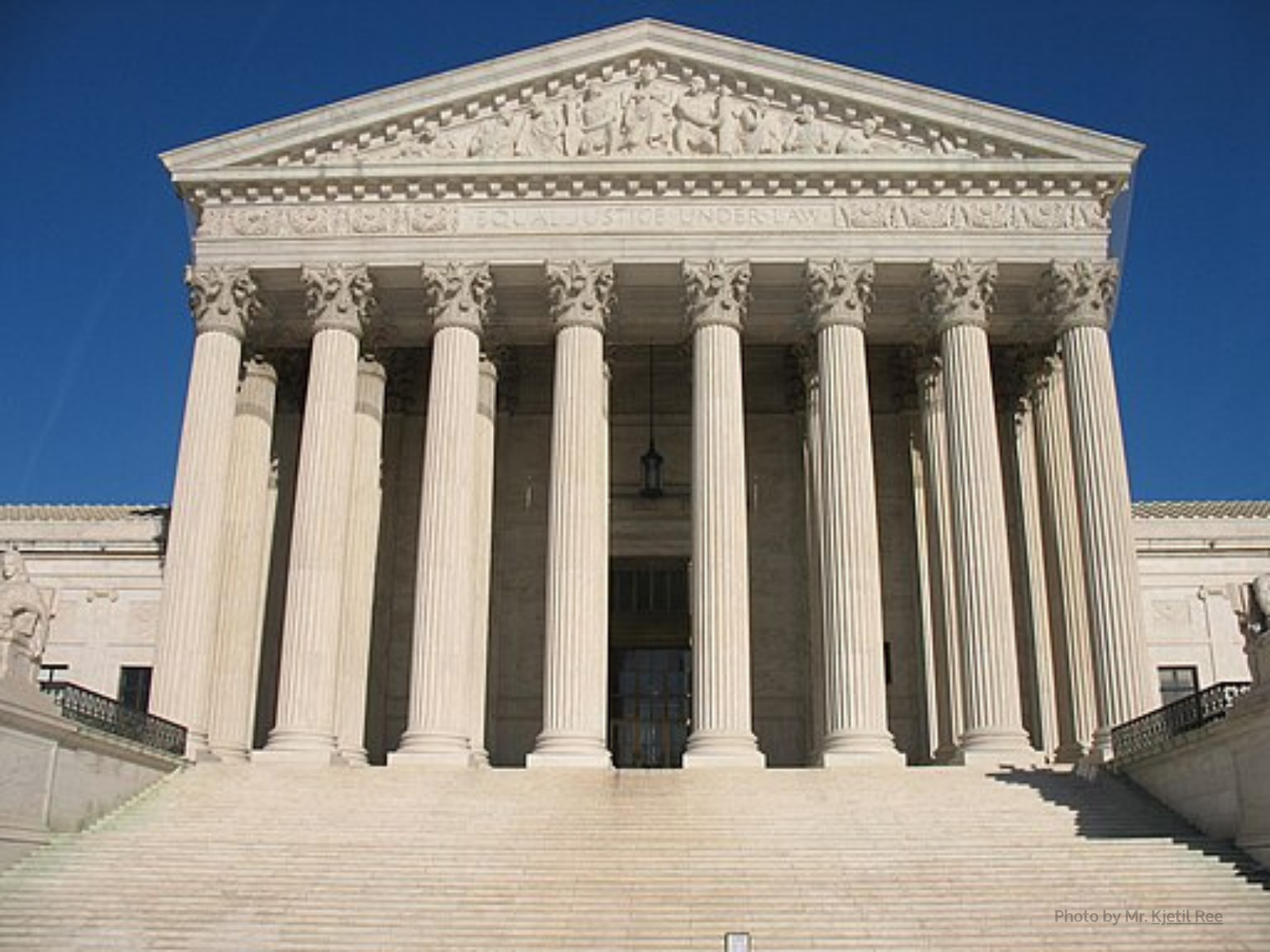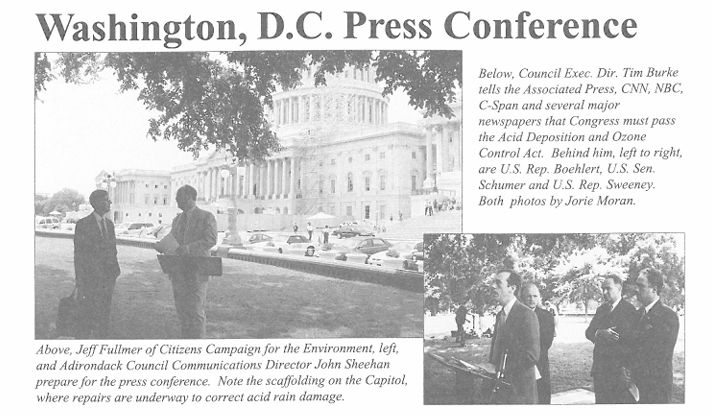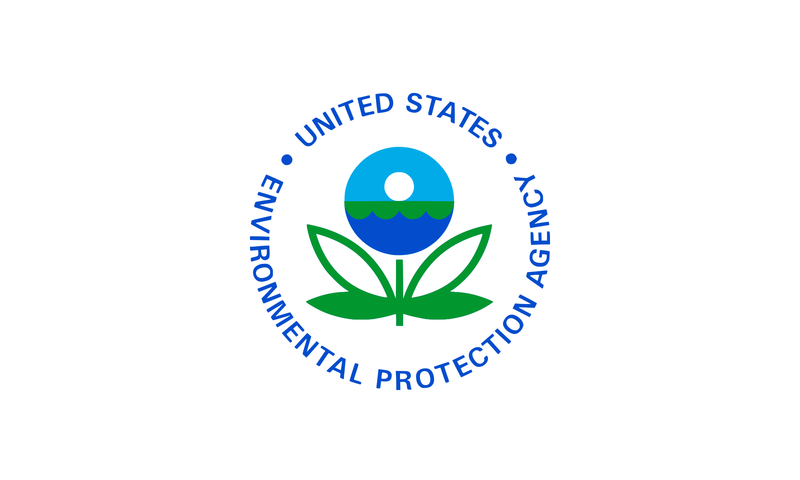By John Sheehan – Director of Communications
Friday, July 26, 2024
It is time for clean air and a healthy climate to become nonpartisan issues again.
Swift and decisive action to end fossil fuel use can prevent the repeated and accumulating damage to our homes, communities, businesses and economies caused by an overheated climate.
In early July, the Adirondack Council joined with U.S. Rep. Paul Tonko, D-Amsterdam, who represents the Capital District in Congress, in a public statement criticizing the Supreme Court of the United States for its decision to halt enforcement of certain federal clean air regulations that protect New York from the pollution that causes acid rain and smog generated in other states.
 A day later, the court wiped out a precedent created by a unanimous 1984 decision (Chevron vs. Natural Resources Defense Council) that guided all courts to defer to the expertise and authority and expertise of state and federal agencies. State and federal regulatory agencies create and enforce rules designed to carry out the intents of laws passed by Legislatures and Congress[ER1] . The court’s decision allows for judges at all levels have the final say and do not have to defer to government scientists and other trained experts. Few judges have scientific or medical or public health training on par with agency staff and their advisors.
A day later, the court wiped out a precedent created by a unanimous 1984 decision (Chevron vs. Natural Resources Defense Council) that guided all courts to defer to the expertise and authority and expertise of state and federal agencies. State and federal regulatory agencies create and enforce rules designed to carry out the intents of laws passed by Legislatures and Congress[ER1] . The court’s decision allows for judges at all levels have the final say and do not have to defer to government scientists and other trained experts. Few judges have scientific or medical or public health training on par with agency staff and their advisors.
The implications are grim for regulations protecting public health and environmental protection. Those rely heavily on complex scientific justifications. For decades, deference to agency interpretation of regulations and compliance with environmental laws. The Chevron decision opens the door for judges to move toward deregulation and less oversight.
I was reminded by a recent “This Day in History” segment from the Press-Republican of Plattsburgh, that 25 years ago I was working with arch-conservative U.S. Senator Alfonse D’Amato, R-NY, and “freshman Senator Charles Schumer, D-NY, (now Senate Majority Leader) to pass a bill to curb Midwest smokestack pollution.
 With nearly 20 million residents and five million automobiles registered for highway use, New York has a big enough challenge in keeping its own air pollution from harming people and nature. But we got an early start, passing the nation’s first acid rain law in 1984, and set an example for others to follow. And while it is now illegal to burn coal at a power plant within New York, many states upwind of New York have done little to control their emissions.
With nearly 20 million residents and five million automobiles registered for highway use, New York has a big enough challenge in keeping its own air pollution from harming people and nature. But we got an early start, passing the nation’s first acid rain law in 1984, and set an example for others to follow. And while it is now illegal to burn coal at a power plant within New York, many states upwind of New York have done little to control their emissions.
That’s why New Yorkers have been working with Congress and the U.S. Environmental Protection Agency on clean air initiatives for more than 20 years. New York can’t prevent other states from dumping their air pollution into the winds that flow from the Midwest to the Northeast every day. In 1990, the first Bush administration worked with New York Sen. Patrick Moynihan and a bi-partisan Congress to pass the Clean Air Act Amendments that created the first nationwide Acid Rain Program.
The EPA followed up on Congress’s instructions in the Clean Air Act by creating on-the-ground regulations that guided industry in a slow-but-steady emissions reduction plan, complete with financial incentives for those who cut their emissions faster or deeper than the regs required. The result was the most successful pollution reduction program in history. All targets were met ahead of time, at a fraction of the estimated costs.
The most recent set of regulations created by EPA were meant to carry out that portion of the Clean Air Act that prohibits any state from creating so much air pollution that it causes a health hazard in another state. This is the Good Neighbor Rule. The rule has already withstood a decade of litigation from power plant owners who don’t want to comply. When the EPA stopped enforcing the rule in 2016, the Adirondack Council, Environmental Defense Fund, Sierra Club and New York Attorney General Letitia James all sued and won in three federal court systems, forcing the Trump administration’s EPA to protect New York as the law requires.
 In late June this year, the U.S. Supreme Court stopped enforcing the rule again, in 12 of the 22 states to which it applies. That means states like West Virginia and Kentucky can ignore the regulations while lower courts are entertaining challenges from polluters that refuse to be good neighbors.
In late June this year, the U.S. Supreme Court stopped enforcing the rule again, in 12 of the 22 states to which it applies. That means states like West Virginia and Kentucky can ignore the regulations while lower courts are entertaining challenges from polluters that refuse to be good neighbors.
This means more pollution for the Northeast, more children with asthma, more doctor’s visits, hospitalizations, more prescriptions, missed school, missed work, lost opportunity, and lots more bad air quality alerts where everyone has to worry about just going outside. It means another 1,500 or so premature deaths each year in the Northeast, most of them in urban areas where people must cope with the combined impacts of local traffic, industrial air pollution, and out-of-state coal-fired power plants.
It means more native fish getting contaminated with mercury by acid rain — at a time when some Adirondack ecosystems are showing signs of recovery, while others need more help from pollution cuts before their vitality can return.
It means that all who love the Adirondacks (and who love our fellow New Yorkers) must remain vigilant and remain a force for federal authority and responsibility to address problems such as air pollution and climate change. As advocates for the Adirondacks, we must press for better laws and better regulations, always based on sound science. We must speak out against the elimination or weakening of rules that protect our health and the health of our environment. We must support the work of experts and officials who fight to maintain standards that protect our children and our future.
It is discouraging to see the clock turned back by decades on air pollution regulations. But adversity is only an opportunity to make our case anew. Let us take up that challenge today.
Looking for more ways to get involved with the Council?
